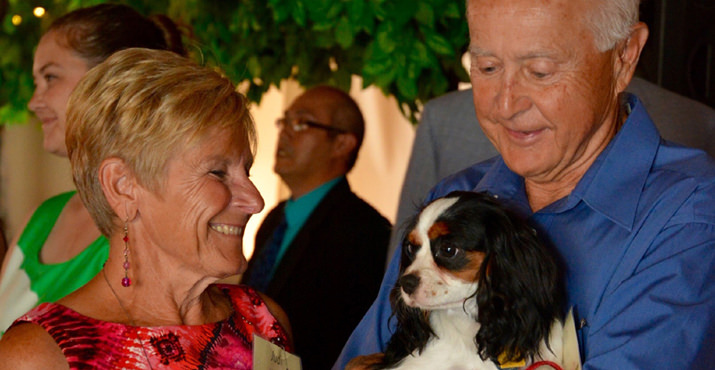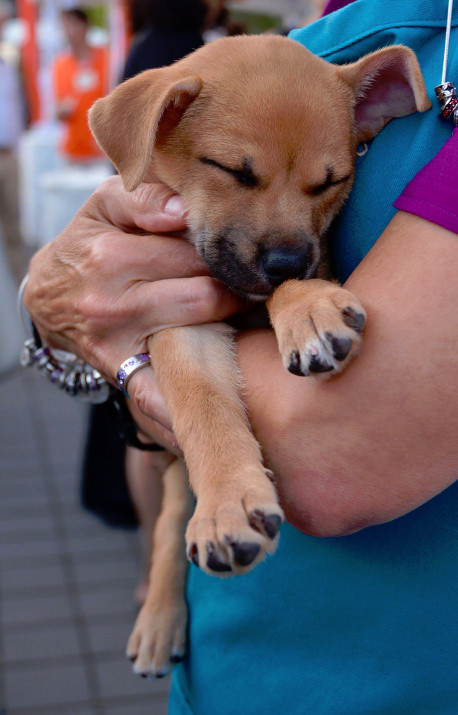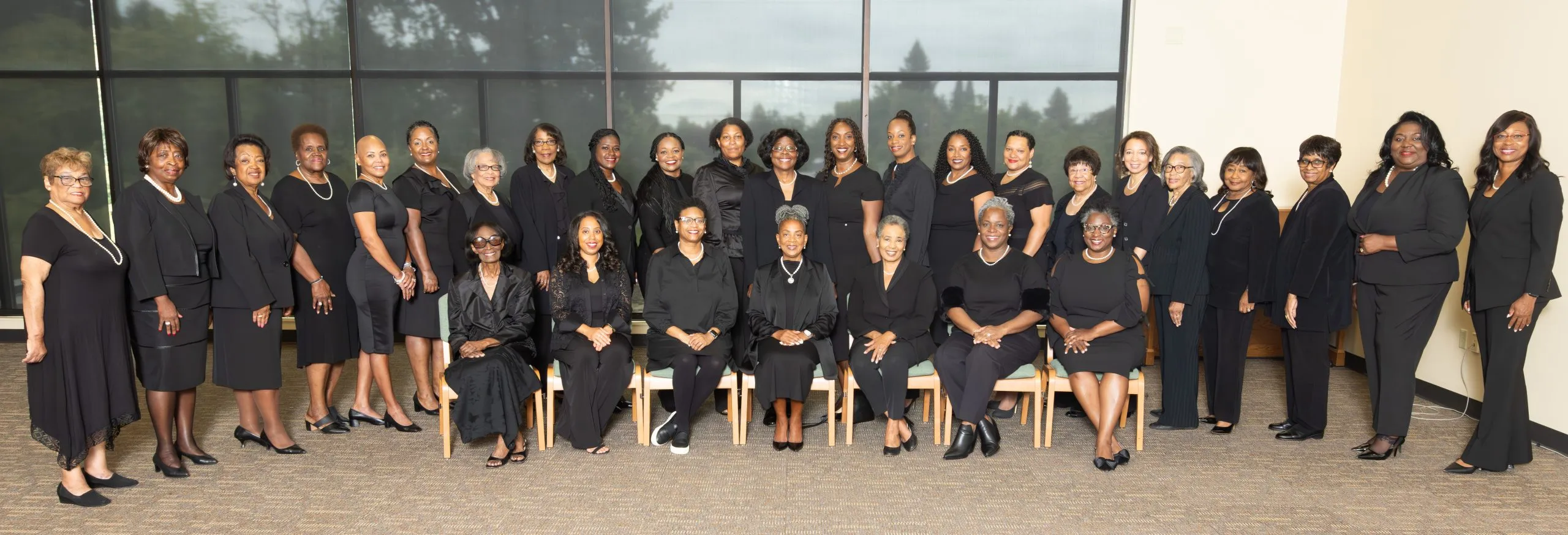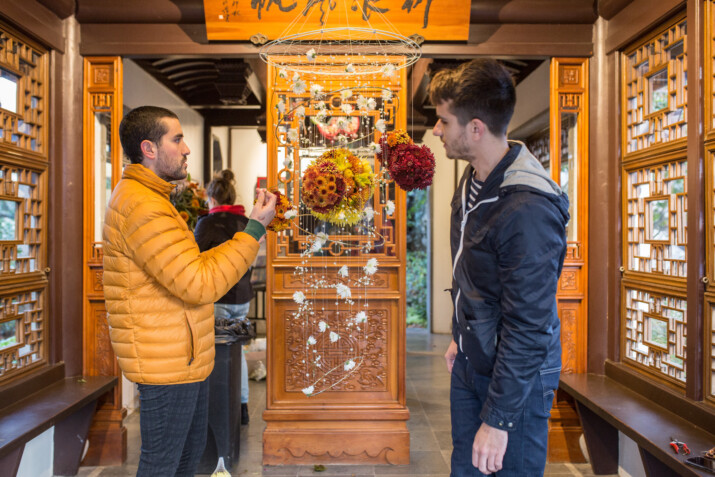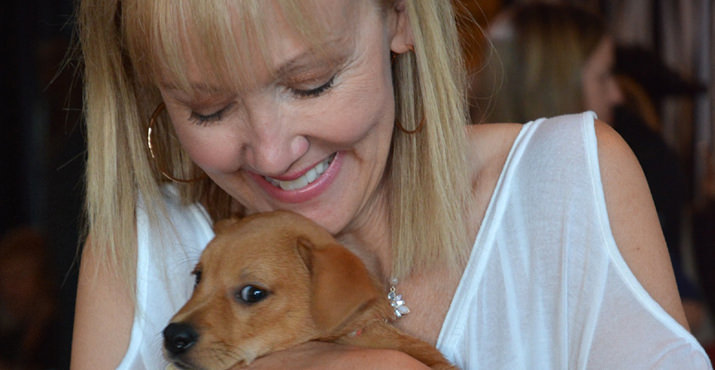
Tail Wagging Benefit Raises $294,000 for Oregon Humane Society
Portland, July 24th, 2015. Guests at the Oregon Humane Society’s Tail Wag event had a howling good time raising $294,000 for the Portland nonprofit. Cheri Jones had a chance to get cozy with new furry friend.
The event, held at Castaway and the adjoining Pomarius Nursery in Northwest Portland, drew approximately 300 people for dinner, cocktails, dancing and fund raising. Guests had the opportunity to get up close and personal with more than two dozen cats, kittens, dogs and puppies available for adoption. Special animal guest stars, such as Lola, who was part of an OHS rescue, helped attendees get a first-hand look at the work OHS does.
From OHS:
Founded in 1868 by noted humanitarian Thomas Lamb Eliot, OHS is the third-oldest humane society in the nation and the oldest in the West. Eliot initially established OHS to stop the neglect and abuse of draft animals. The mission expanded to include companion animals and, until 1933, orphaned children.
OHS is now the largest humane society in the Northwest, and adopts more animals from our Portland shelter than any other single-facility shelter on the West coast. OHS puts no time limits on how long animals remain at the shelter—a pet stays available for adoption for as long as needed to find a loving home. If a pet in our care needs medical attention, our veterinary hospital provides the pet with same level of care you would want your own pet to receive.Community Services
- OHS finds homes for more than 11,000 pets each year
- OHS Officers rescue neglected and abused animals, investigating more than 1,200 cases annually
- The OHS medical team provides free and low-cost spay and neuter surgeries for thousands of pets owned by low-income families
- OHS educators reach more than 14,000 youths and 2,500 adults annually through humane education programs
- The OHS Second Chance program brings nearly 5,000 pets annually to OHS from other shelters around the region
- In the state capitol, OHS is the driving force behind efforts to improve laws that protect animals and punish offenders
- Funding OHS receives no tax dollars
- OHS does not receive any portion of dues or donations paid to national organizations
- OHS is an Oregon nonprofit that relies on donations
- OHS operates independently of any other shelter group
- Financial information, including annual reports and audited statements, can be found here.
OHS Mission
To foster an environment of respect, responsibility and compassion for all animals through education, legislation and leadership. To care for the homeless, to defend the abused and to fight with unrelenting diligence for recognition of the integrity of all animals.
Is OHS a “No-kill” Shelter?
“No-kill” is typically defined as a shelter with at least a 90% save rate. The OHS save rate is 98%, certainly fitting the definition. However, OHS does not refer to itself as a “no-kill” shelter because the term does little to help the public understand the decisions a shelter must make in caring for pets.
Some shelters that use the term “no-kill” admit only the healthiest of pets and do not face the challenge of treating and rehabilitating ill animals. A county shelter, on the other hand, must accept every pet that comes to its door, including pets who are severely ill or dangerously aggressive. At OHS, about half of the pets admitted meet the nationally recognized standard of “healthy.” The remaining pets require medical and/or behavior treatment, sometimes for weeks or months. We are committed, however, to providing the same standard of care for pets at our shelter that an owner would want for their personal pet. We never put time limits on how long pets remain available for adoption and we never euthanize pets for space reasons.
We believe the public is better served by looking at a shelter’s admission policy and overall treatment record, rather than relying on a vague term such as “no-kill.”


